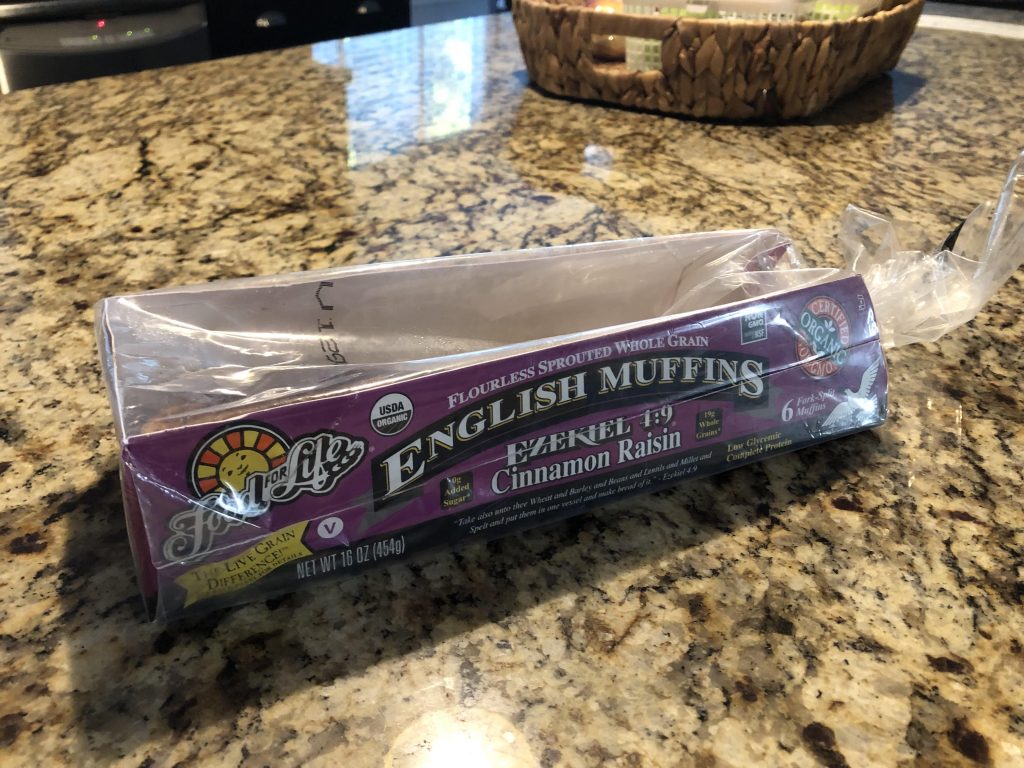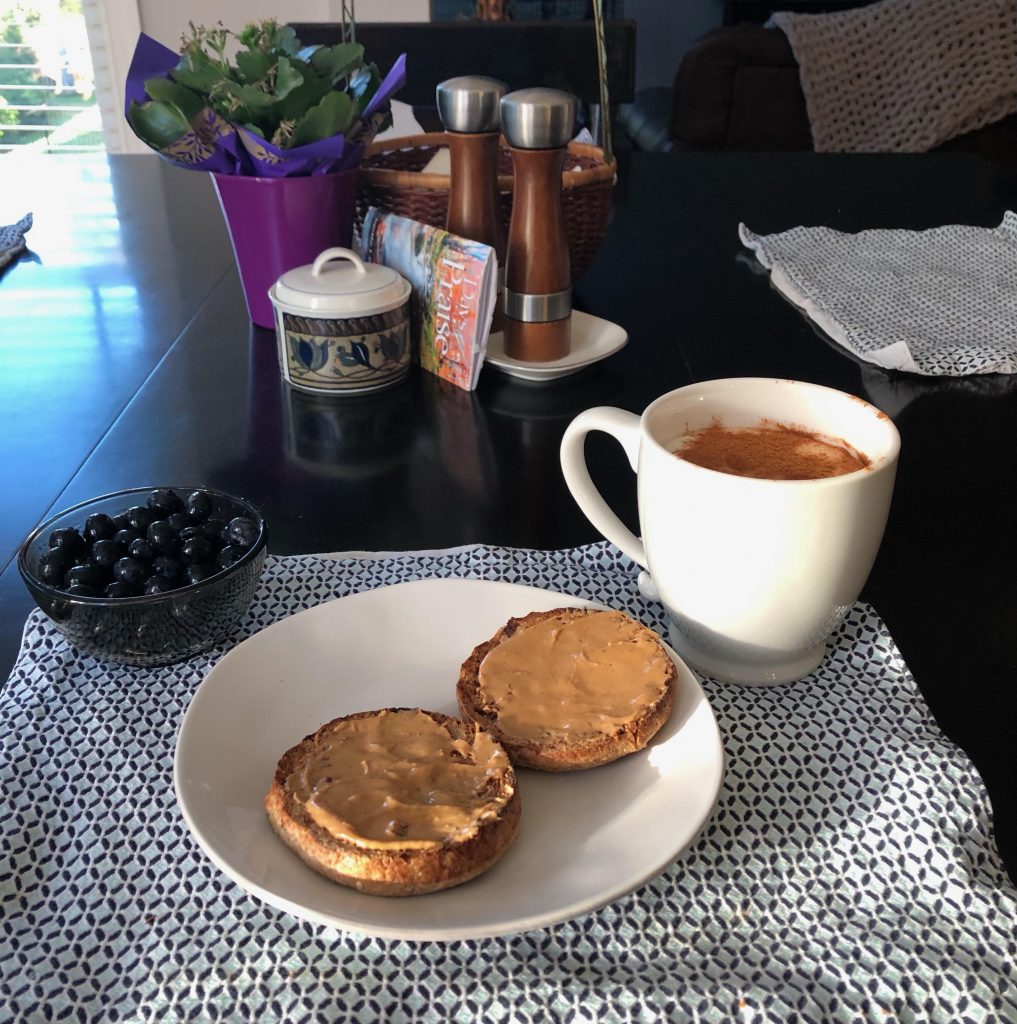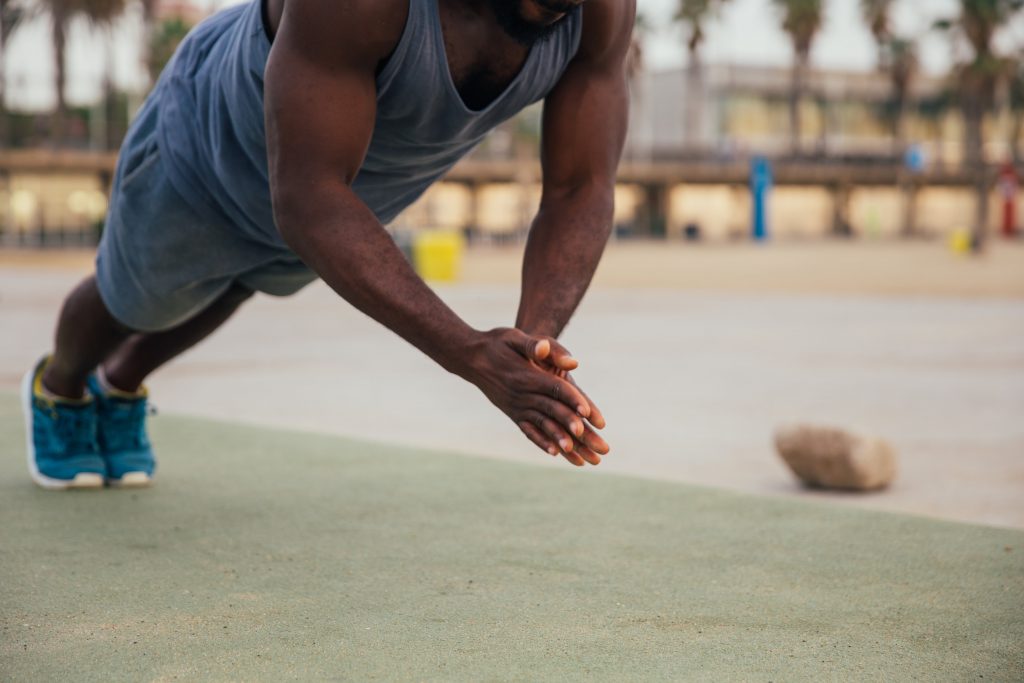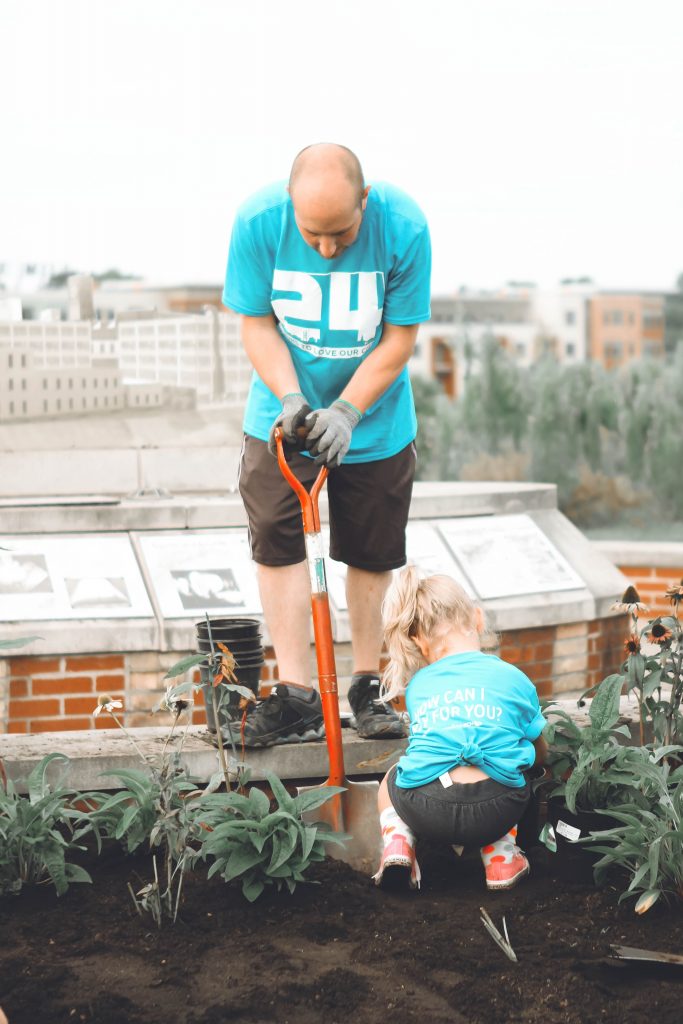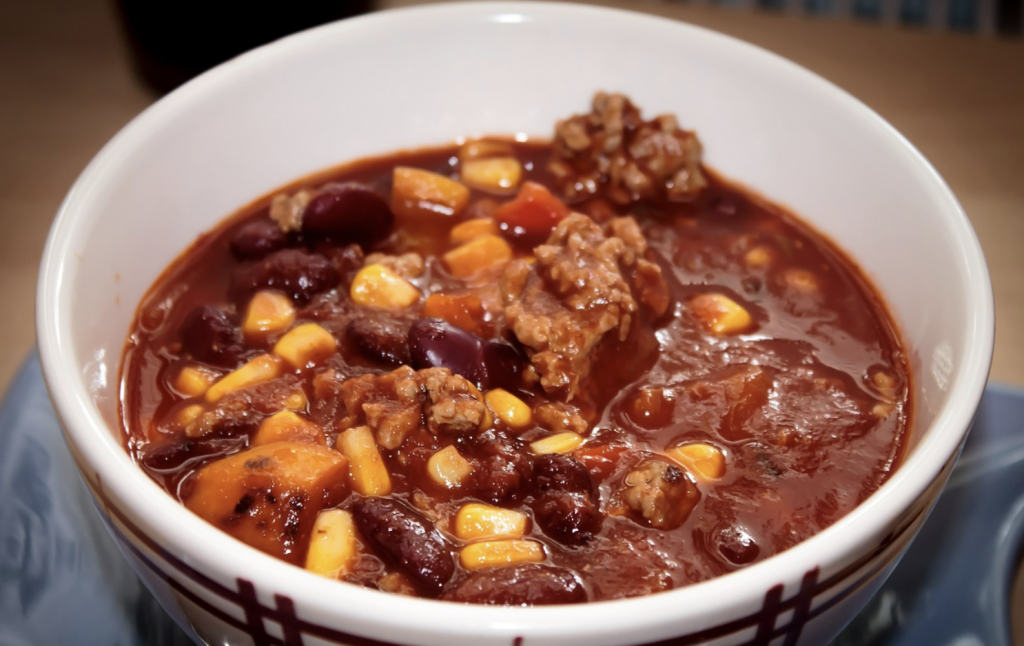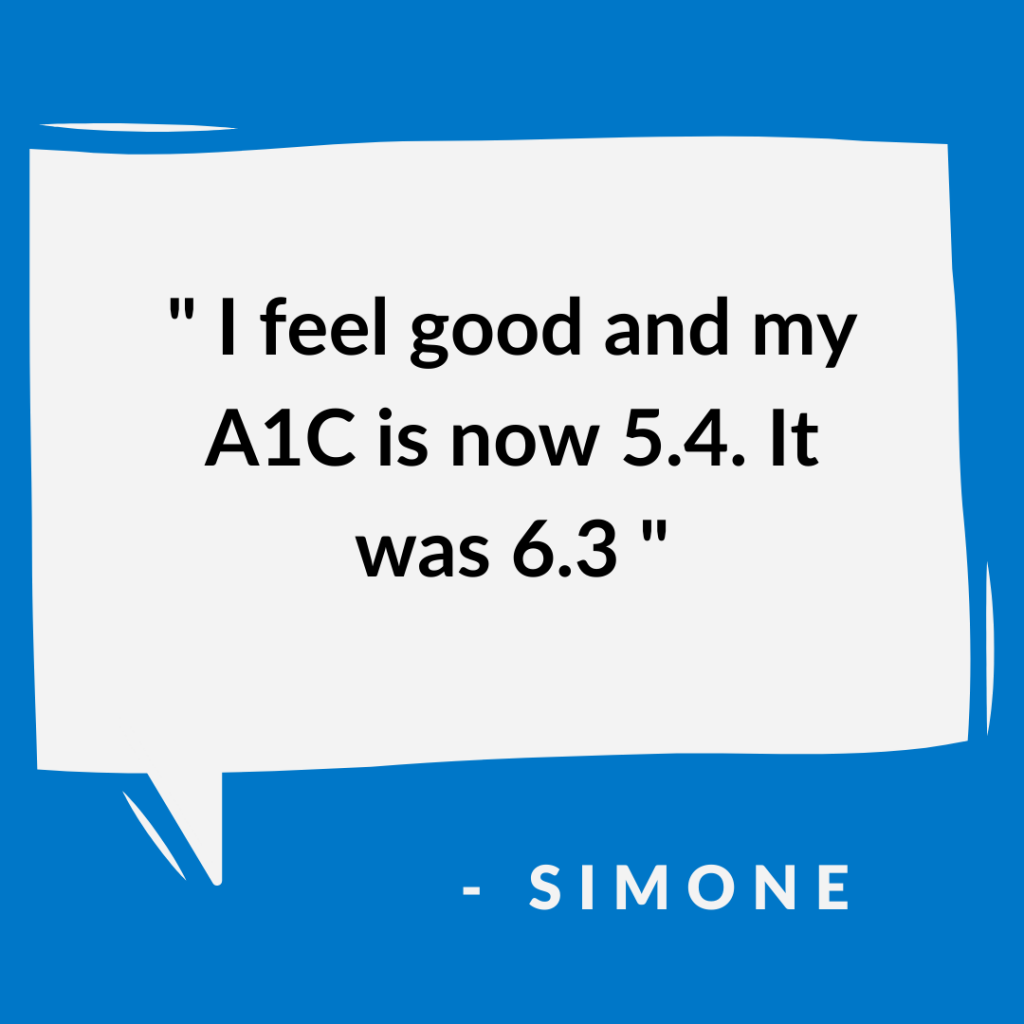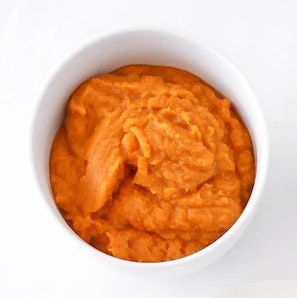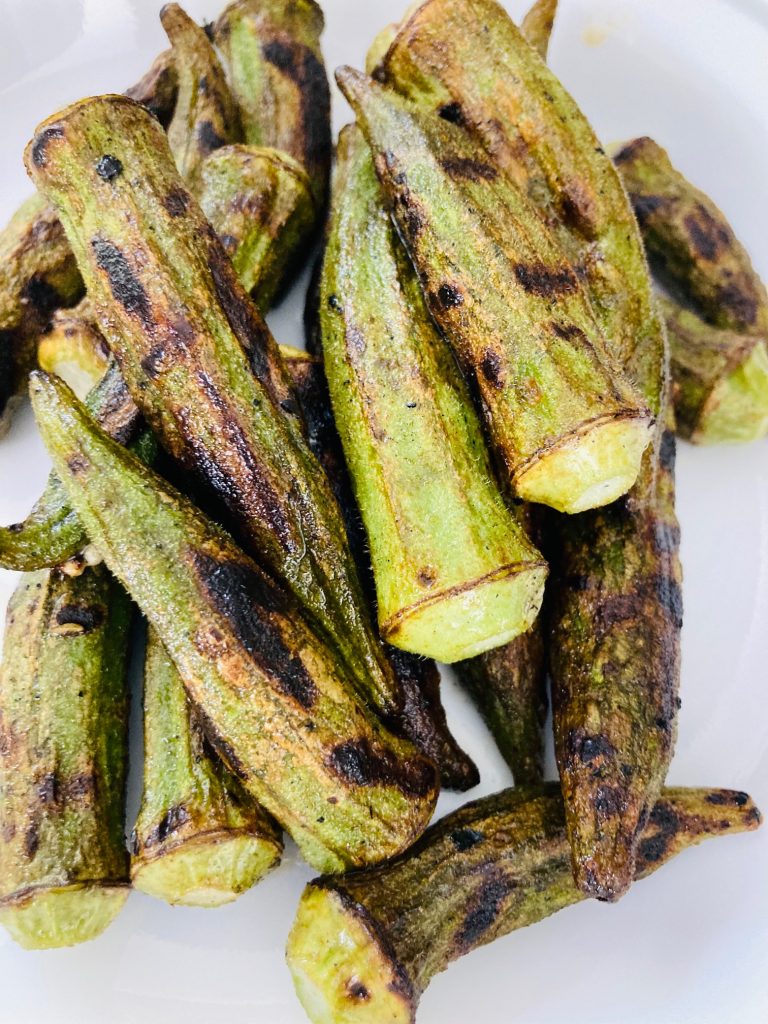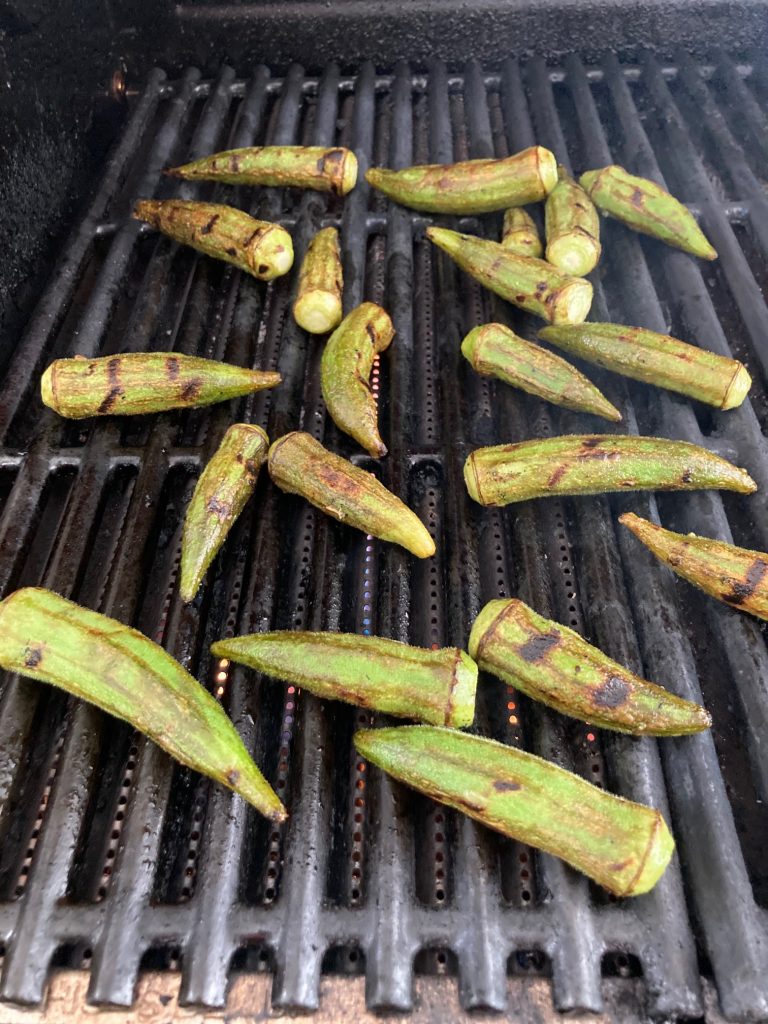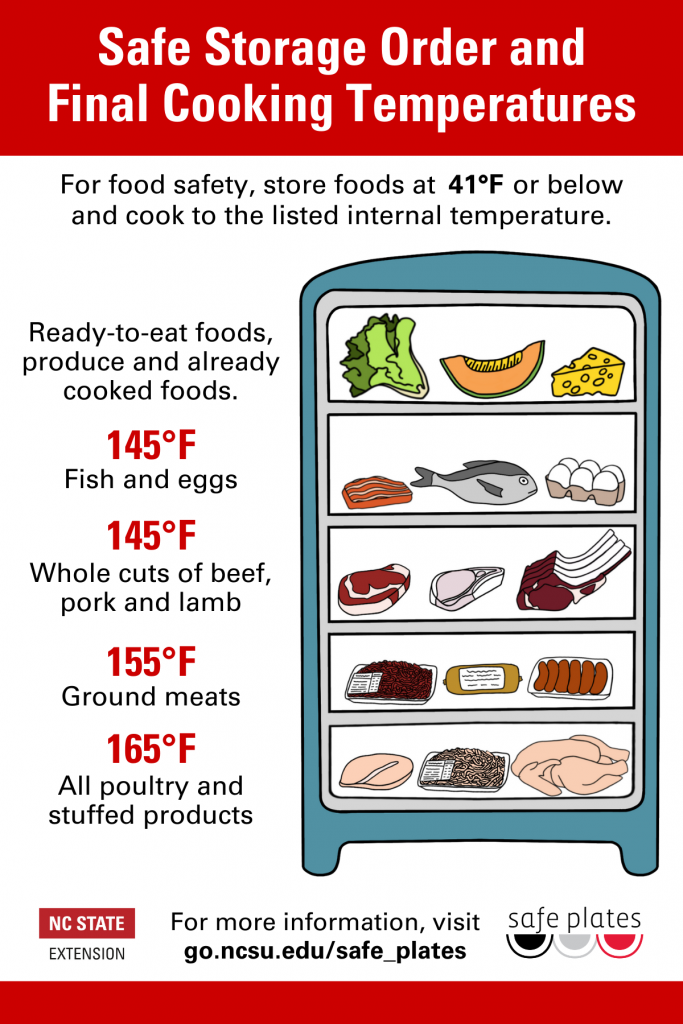
Do you have a food thermometer stashed in your kitchen but are unsure how and why you should put it to use? If you cook meat regularly, using a food thermometer is a game-changer and can mean the difference between just cooked and overdone or tough meat. The only accurate way to determine if food is cooked to a safe temperature is with a digital food thermometer.
Digital thermometers are available in different sizes and have a variety of features depending on the intended use. The prices vary greatly but you can get a decent food thermometer in the $10 – $15 range. When purchasing a food thermometer look for these features:
- 3-5 second response time, backlit
- Celcius/Fahrenheit selector
- Foldaway or coverable probe.
Food Thermometer Tips:
- Color is not an accurate reflection of “doneness”. Burgers often turn brown before reaching a safe temperature and chicken can reach a safe temperature while presenting a pink or tan color.
- The thermometer should be placed in the thickest part of food for the most accurate reading, but measured in different places to ensure food is cooked evenly.
- After cooking, letting food rest will allow the temperature to continue rising and destroy any leftover harmful bacteria. The final temperature reading can be taken after the food has rested.
- Follow the FDA-recommended safe minimum internal temperatures for best results!
For more information on ways to properly use a food thermometer check out these Safe Plates resources:
- Thermometers Calibration and Appropriate Uses
- Color, Temperature, and “Doneness”
- A Holiday Gift That Shows You Care
You Might Also Enjoy:
Food Safety During a Power Outage
Don’t miss another great blog: Subscribe Now

